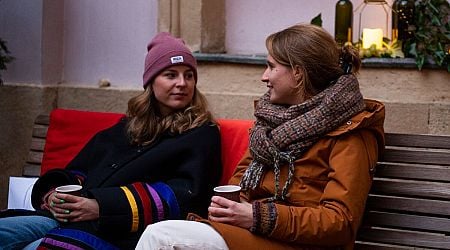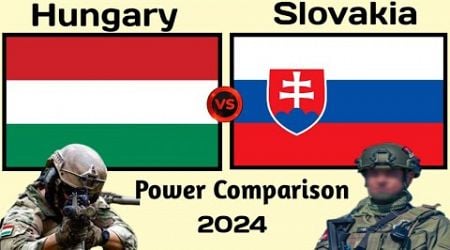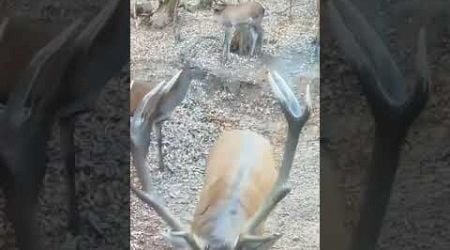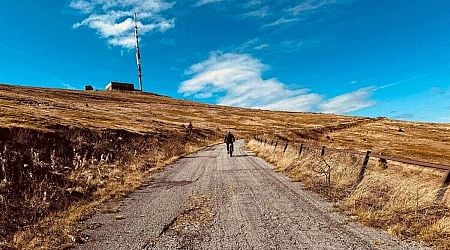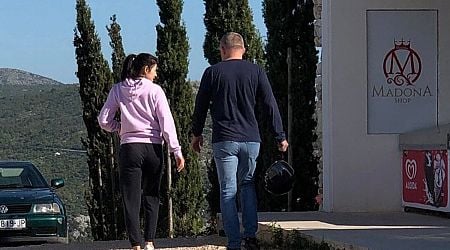For love or land, ideally both
The bride could be a "goat", but if she had land she could find a husband.
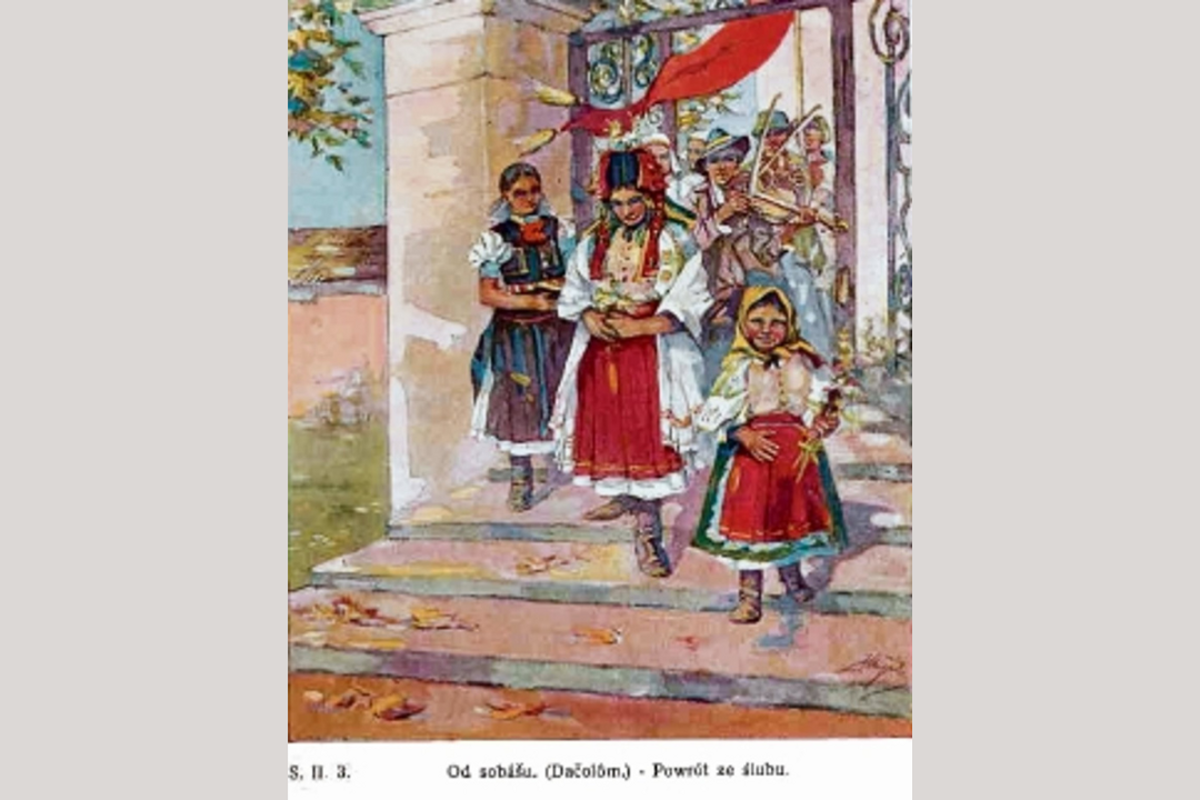
Czech artist Jaroslav August produced numerous paintings under the Austro-Hungarian Monarchy that captured fascinating glimpses of rural Slovak life. This postcard, published by Olomouc-based Romuald Promberger, features August’s painting Leaving a Wedding, shows a bride in festive folk attire leaving the church after her wedding in the municipality of Dačov Lom, in central south Slovakia.
In the past, land ownership was a crucial factor among big farming families in the countryside when selecting a potential spouse. People would say that the bride could be a goat, but “as long as she had a ‘šéska’”, meaning a plot of farmland, that was all that mattered. The headpiece worn by the bride here indicates that she may have brought some land into the marriage.
Rather than head directly to the church, wedding processions often used to snake through the narrow village lanes. This was partly due to an old superstition that taking the same path to and from the church for a wedding brought bad luck. The religious authorities sought to combat these ancient rituals, as they were pagan in origin. A decree by the Štítnik synod required that people head directly to the church and return along the shortest possible path.
On the way back from a wedding, local boys would sometimes block the procession with a bar or a ladder and demand a ransom from the groom for taking their girl. The ransom usually took the form of a bottle of liquor, which, once produced, allowed the wedding guests to continue on their way.
This article was originally published by The Slovak Spectator on September 22, 2014. It has been updated to be relevant today.





















